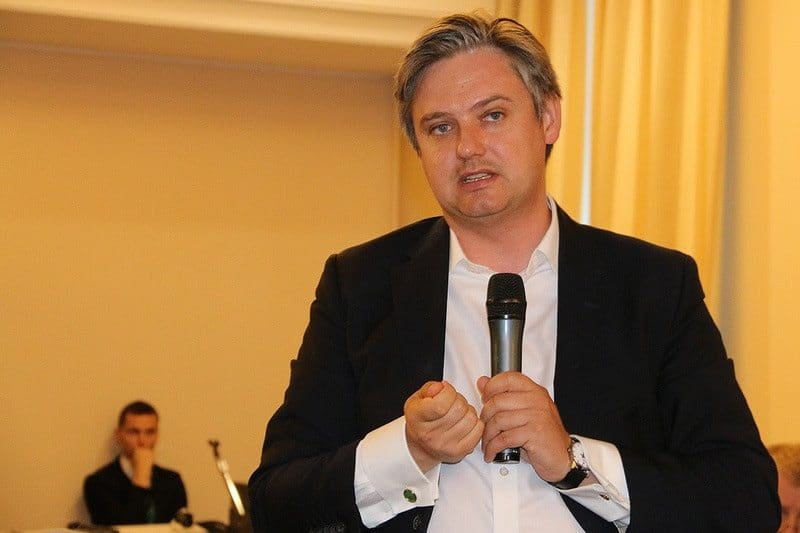Physicists at two Australian universities have created near-perfect clones of quantum information. They argue that this could pave the way to ultra-secure, long-distance communication.
What is quantum information?
Quantum information is where quantum mechanics and information theory meet.
To get an idea of what quantum information is all about, let’s look at the basic unit of such information – the qubit.
In classical computers – the existence of which is made possible by information theory – the basic unit of information is the bit. You can measure a bit by asking a question: Is this bit a zero or a one? You can only ask this single question, and you will get one of two answers.
But with a qubit, many different questions can be asked, and still one of these two answers is given in return. This is an example of the wacky nature of quantum physics.
In a classical system, a bit has to be in one state or another (zero or one, true or false, yes or no). Yet a qubit can be in both states at the same time, before you get an answer to the question. It is this quality of qubits – known in physics as superposition – that allows them to hold much more information than bits.
Cloning quantum information
The no-cloning theorem in quantum physics says it is impossible to create clones of quantum information; that is, perfect copies.
But it is possible to make imperfect copies. And there is a global race to make near-perfect copies in order to achieve ultra-secure encryption over long distances.
Study author Jing Yan Haw commented on these recent findings:
Our probabilistic cloning method generates higher quality quantum clones than have ever been made before.
Another researcher, Ping Koy Lam, highlighted why this discovery is significant:
One of the problems with quantum encryption is its limited communication range. We hope this technology could be used to extend the range of communication, and one day lead to impenetrable privacy between two communicating parties.
Some researchers in the field argue that quantum encryption is unhackable in principle, but not in practice. But the improvements in security that can be achieved are promising, especially if you’re concerned about mass surveillance.
The fight against mass surveillance
One important finding from the study is that it is possible to use this new cloning method with the Internet’s existing fibre-optic infrastructure.
The Snowden leaks revealed that British spying agency GCHQ tapped fibre-optic cables for access to personal communications. With quantum cloning, the hope is that government agencies won’t be able to access such data.
As The Canary previously reported, GCHQ and other spy agencies have illegally been invading our private lives for 17 years. And what’s worse is that they could still be doing so.
Privacy is still not taken seriously as a basic human right in the UK. And it’s the same in the US, where the National Security Agency (NSA) is still allowed to spy on its citizens, despite what we now know about the nature and scale of its operations.
So long as mass surveillance is a reality, it is up to the public to make use of the latest advances in technology, to stay hidden – to stay free.
Get Involved!
– Support Big Brother Watch and Privacy International.
– Check out this article from The Canary on how to blog securely.
Featured image via Wikimedia



![Syria was there for Europeans in their time of need. Now it’s time to return the favour [VIDEO]](https://www.thecanary.co/wp-content/uploads/2016/10/Refugees-Syria.jpg)
![A smartphone app is fighting the growing problem of hate crime [VIDEO]](https://www.thecanary.co/wp-content/uploads/2016/10/Eyewitness-App.jpg)















